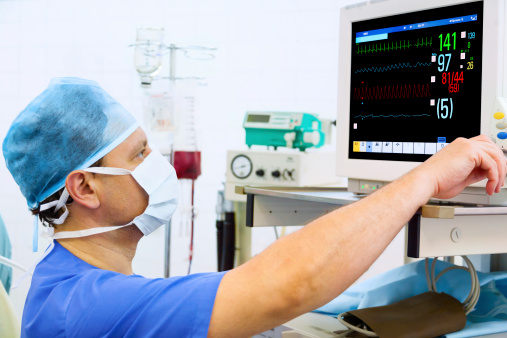The Influence of Technology in Cardiology

brooklyn fibromyalgia patients are familiar with the discomfort and relentless pain it brings. Now, imagine a world where your heart, just like fibromyalgia, misbehaves without warning. Today, technology is transforming how we understand, diagnose, and even treat heart diseases. In the realm of cardiology, we’re in an era where technology is not just an aid, but a game-changer—a beacon of hope for patients and a potent tool for doctors. This blog will delve into how this technological revolution is influencing cardiology, reshaping treatments, and offering new lifelines to those in need.
The Technological Revolution in Cardiology
The story of technology’s impact on cardiology starts with the stethoscope. More than 200 years ago, the simple invention of the stethoscope marked the dawn of a new age in cardiology. Today, we stand on the threshold of a new era, marked by innovations far beyond the wildest dreams of those early pioneers.
From Stethoscope to AI: The Journey of Progress
Consider artificial intelligence. AI is training itself to recognize heart diseases, sometimes even more accurately than the human eye. It’s like having a dedicated, tireless detective on the case, sorting through data and spotting patterns humans might miss. It’s a big leap from the humble stethoscope, but it’s the same principle—using technology to spot the signs of heart disease early.
Technology Providing New Hope
Then there’s the realm of treatment. Technology is transforming the landscape of possibilities, providing new hope for those who previously had limited options. Take robotic surgery. Once the stuff of science fiction, it’s now a reality, offering a less invasive option for those requiring heart surgery. The benefits are significant: shorter hospital stays, quicker recovery times, and less risk of infection.
The Future of Cardiology
The future of cardiology will be defined by technology. It’s not just about shiny gadgets and futuristic robots. It’s about harnessing the power of these tools to improve patient outcomes, make treatments more accessible, and ultimately save lives. Whether it’s AI spotting the early signs of heart disease, or a robot carrying out delicate surgery, technology is the new heartbeat of cardiology.
Conclusion
Just as technology is a lifeline for Brooklyn fibromyalgia patients, it’s also a lifeline for those with heart disease. It’s not a magic cure-all—no technology can replace the skill, expertise, and compassion of a dedicated cardiologist. But it’s a valuable tool, one that will continue to shape the future of heart health for years to come.